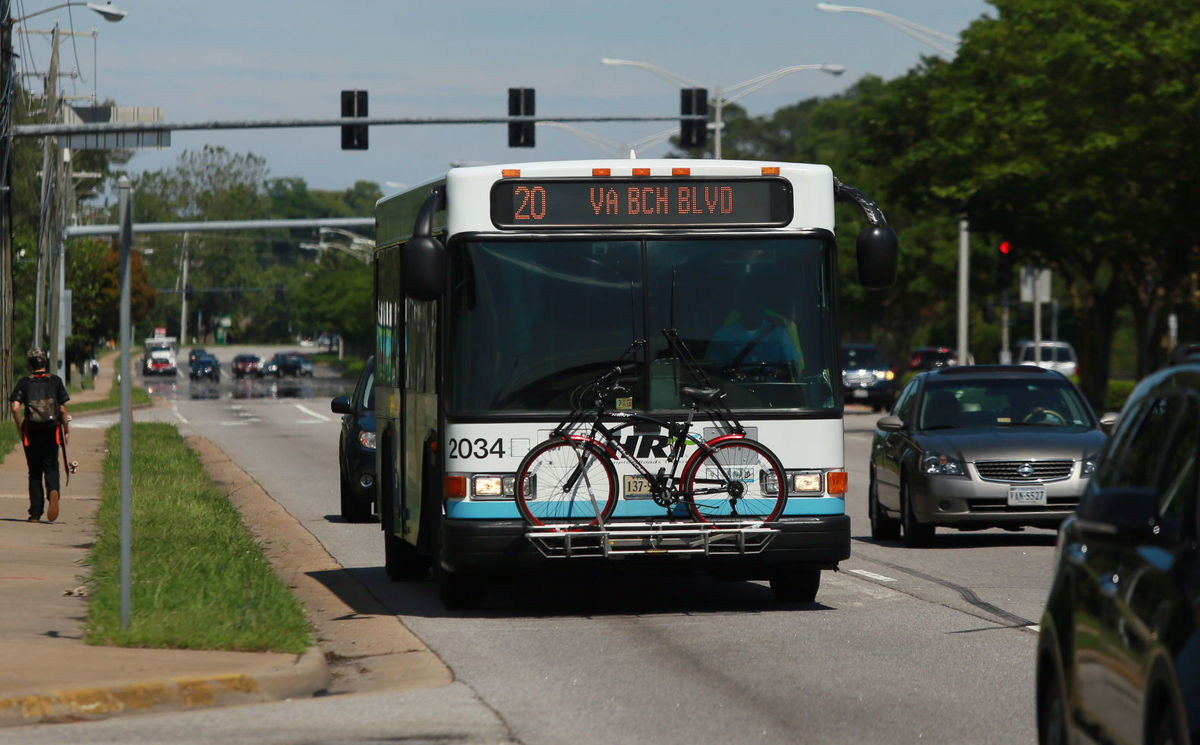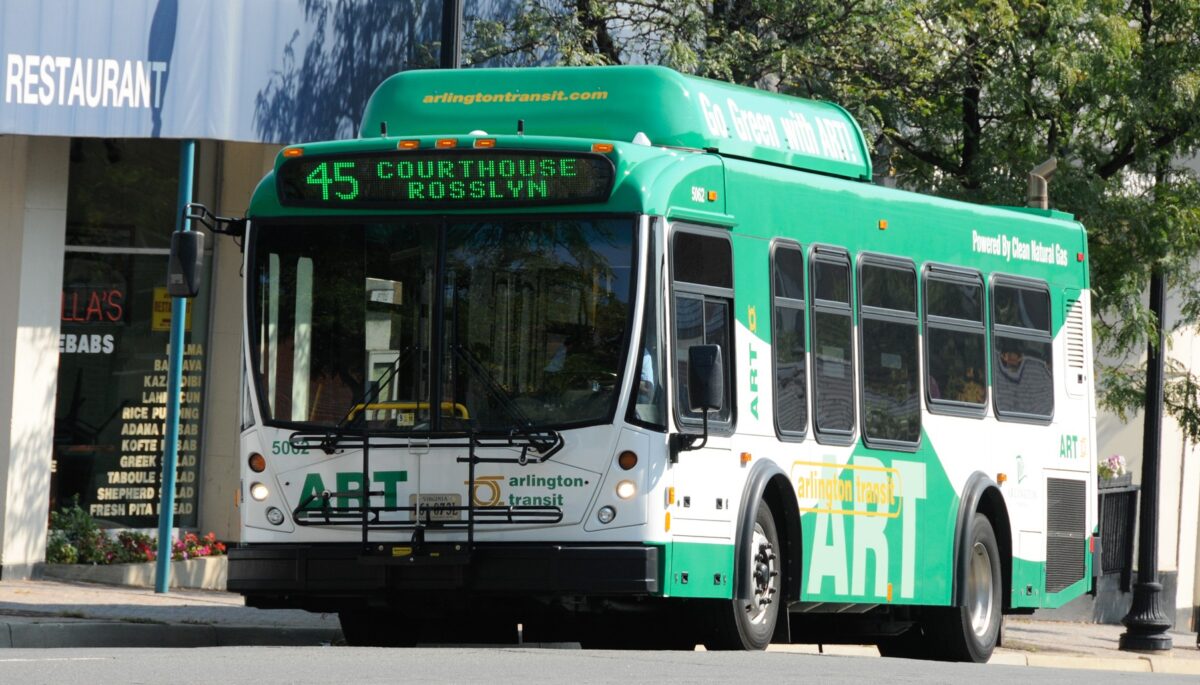Over the past decade, as the emphasis on performance-based planning has increased at both the Federal and state levels, state departments of transportation (State DOTs) have begun to develop new processes for project selection based on performance criteria and that use quantitative scoring to determine which projects are funded and ultimately implemented. Creating a process for project development and selection that is data driven, responsive to quantified needs and aimed at meeting key transportation goals is something that many State DOTs and other transportation agencies strive for, but that can prove difficult to fully achieve. At Foursquare ITP, our team has been involved in assisting with Virginia’s SMART Scale process and we developed this White Paper on Performance-Based Statewide Project Prioritization to provide a comparative understanding on how performance-based planning occurs at State DOTs that are leaders in this field, including Virginia, North Carolina, and Massachusetts.
We are deeply indebted to the time and assistance provided by Jennifer Slesinger of Massachusetts Department of Transportation and David Wasserman, P.E., Jason B. Schronce, PE, and Sarah E. Lee of the North Carolina Department of Transportation in the development of this White Paper.
We encourage you to check out the full white paper here, but for those of you short on time, we included some highlights below:
While each of the three case studies examined in this paper have unique approaches to performance-based project prioritization, there are several commonalities.
- Scoring and prioritizing projects based on high-level criteria interpreted with technical measures: In each of the three case studies examined, high-level criteria set either in legislation or a by a legislatively-appointed high-level committee establish the basis for the prioritization of projects. These criteria include goals such as cost effectiveness or cost/benefit, safety, mobility, accessibility, and economic impact or competitiveness. Actual technical measures associated with each of these measures, and their subsequent scoring, are conducted by technical staff in what can be an intensive technical process that requires the expertise of engineers and planners across each agency.
- Use of a map-based application portal for managing applications: In both North Carolina and Virginia, applications are submitted to the scoring process via a map-based application that captures all of the details needed for scoring and automates scoring to the greatest extent possible; Massachusetts is currently working on developing a similar portal. The use of these portals is an important component in capturing the right information and allowing it to be processed and collectively reviewed by the technical team conducting the scoring.
- Close coordination and involvement with local applicants: While the organizations eligible to apply to the process differ across the case studies reviewed, in each state there is close coordination between the State DOT and the applicants submitting projects for scoring. This coordination can include working directly with district staff for the State DOT to develop individual project applications, the provision of information on how the scoring process is conducted, and webinars or other opportunities for applicants to understand how to create applications that will score well in the process.
- A commitment to process improvement over multiple cycles: While making drastic changes between cycles in the prioritization process is not recommended, each of the State DOTs have processes to review and change aspects of the prioritization process between the cycles of prioritization. This review process includes using feedback from stakeholders throughout the project submittal and scoring process and ensuring that changes in scoring methodologies or other aspects of the process are made in a collaborative fashion that facilitates continued buy-in from all involved.





